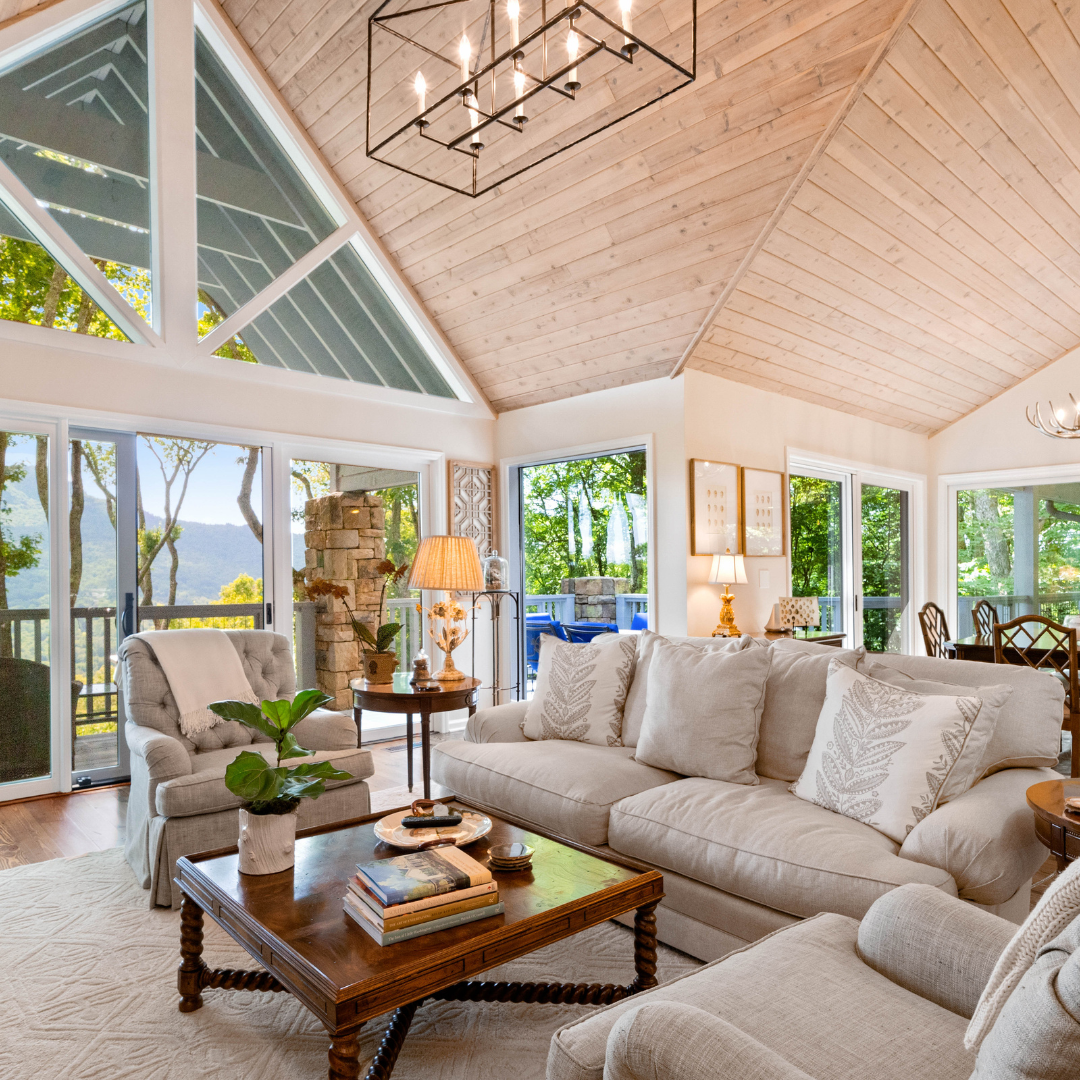Are you tired of watching your beautiful furniture and wall art fade away due to the relentless sun? Are you concerned about the impact of harmful UV rays on your home’s interiors during the hot summer months and the harsh winter glare? If so, it’s time to consider the importance of installing window film tint on your home windows. In this article, we’ll explore the incredible benefits of window film tint, how it can protect your belongings from fading, and why it’s a smart investment for every homeowner.
Understanding the Changing Sunlight
The sun’s intensity varies throughout the year, with its angle changing significantly between the summer and winter months. In the summer, the sun is high in the sky, beaming down with intense heat and powerful ultraviolet (UV) radiation. In contrast, during the winter, the sun sits lower on the horizon, casting a different angle of sunlight into your home. These seasonal changes can wreak havoc on your home’s interiors, causing fading and damage to your furniture, pictures, and wall art.
The Role of Window Tint at Home
Tinted window film is a versatile solution that can address these challenges effectively. It provides a protective shield for your windows, acting as a barrier against the harmful effects of UV rays and excessive heat. Here’s how window film tint can benefit your home:
1. UV Protection
Window film tint is designed to block a significant portion of harmful UV rays. Some films can block up to 99% of UV rays. This protection prevents your belongings from fading and deteriorating over time.
2. Heat Reduction
Window film tints can reduce the amount of solar heat that enters your home. By minimizing heat gain in the summer and heat loss in the winter, it helps maintain a comfortable indoor temperature year-round.
3. Glare Reduction
Excessive glare from the sun can make it uncomfortable to work or relax in your home. Window film tint reduces glare while still allowing natural light to enter, creating a more pleasant and productive living space.
Understanding Visible Light Transmission (VLT)
Visible Light Transmission (VLT) is a crucial factor to consider when choosing window film tint. VLT measures the percentage of visible light that can pass through the film. The right VLT level can strike a balance between protecting your interiors and maintaining the aesthetics of your home.
Different window films offer various VLT levels, allowing you to choose the one that best suits your needs. Lower VLT values mean less light transmission, providing greater protection against fading. However, it’s essential to find a balance that meets your preferences for natural light and privacy.
Choosing the Right Window Film
When selecting a window film tint for your home, it’s crucial to consider factors such as your climate, sun exposure, and aesthetic preferences. Brands like 3M offer Home Window Tints in a wide range of window film options, allowing you to find the perfect fit for your needs.
The changing sun distance and location between seasons can have a significant impact on your home’s interiors. Protecting your furniture, pictures, and wall art from fading is essential, and window tint is the solution to consider. By blocking UV rays, reducing heat, and minimizing glare, tinted window film enhances your home’s comfort while preserving its beauty. Choose the right VLT level to strike the perfect balance between protection and aesthetics.
For more information on the benefits of window film tint, or to schedule your free consultation, Contact Us.
Protect your home, preserve your style, and enjoy a brighter, more comfortable living space with window film tint.







